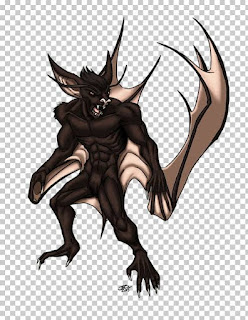ZOONOTIC VIRUSES WORLDWIDE AND THEIR CONNECTION WITH BATS:

Before moving forward to our main topic,one interesting fact, perhaps you know about it's, Bats are the only mammals that can fly (without plane). Zoonotic viruses • Zoonotic disease :is an infectious disease caused by bacteria, viruses, or parasites that spread from non-human animals (usually vertebrates ) to humans. •BATS AND THEIR ROLE IN ECOLOGY: The remarkable mammals known as “bats” and “flying foxes” may be the most abundant, diverse, and geographically dispersed vertebrates . Although a great deal is known about them, detailed information is needed to explain the astonishing variations of their anatomy, their lifestyles, their roles in ecosystems ecology, and their importance as reservoir hosts of viruses of proven or potential significance for human and veterinary health. Bats fly with wings which range in span from 130 mm to 2 m. Bats of various species feed on insects, mammals, fish, blood, fruit, and pollen. Bats of most species echolocate ...